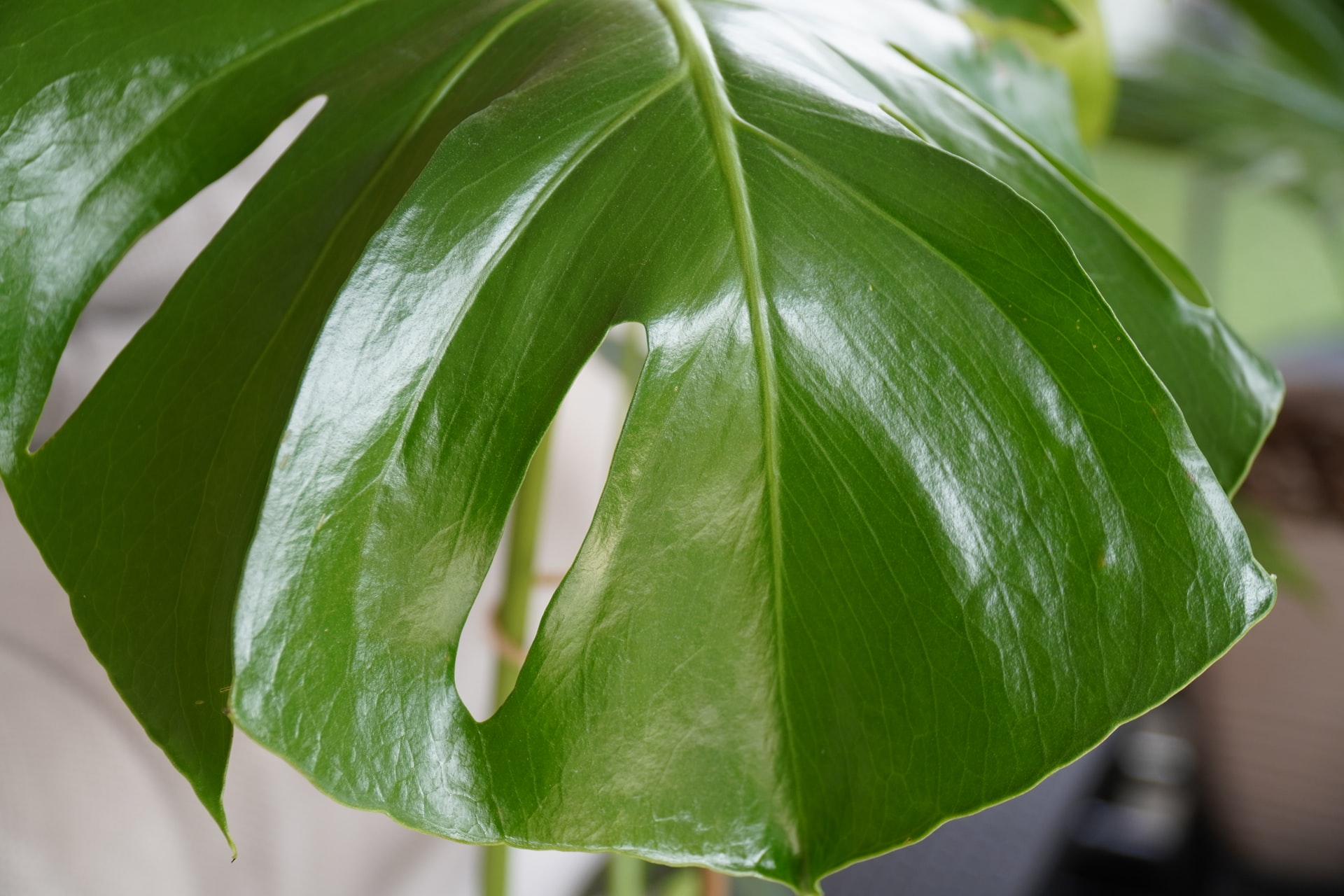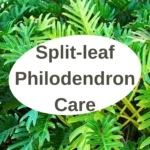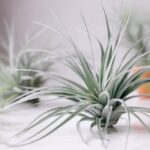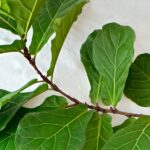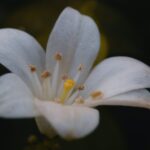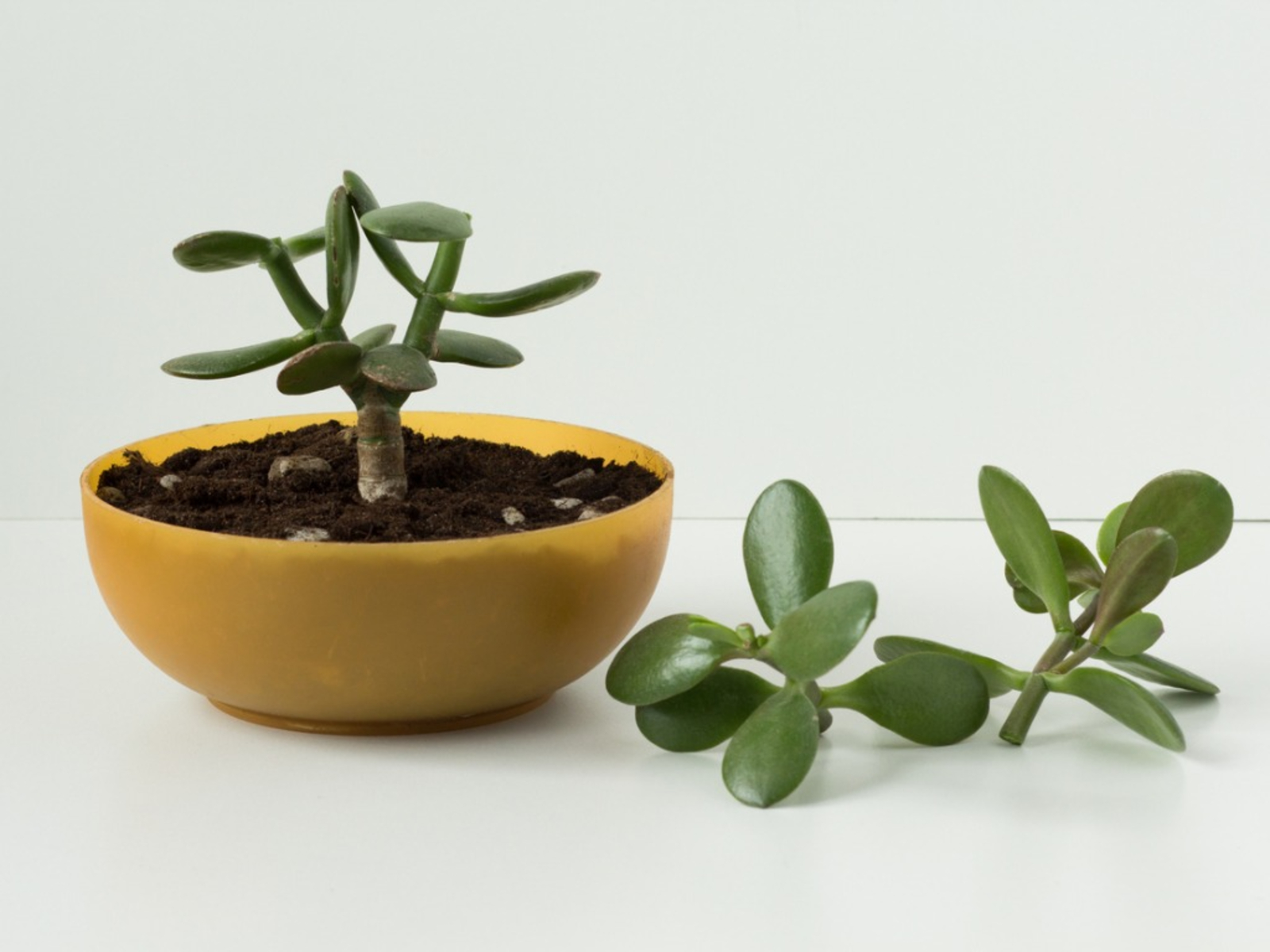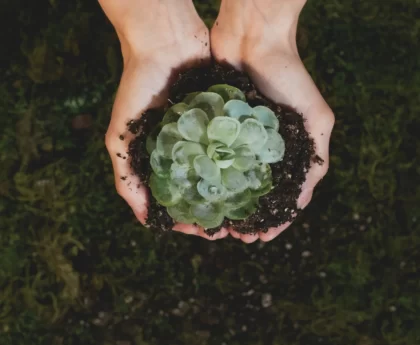Yes, Philodendron is toxic to cats. The philodendron family, which includes the Swiss cheese plant, heartleaf philodendron, and fiddle-leaf philodendron, is mild to moderately hazardous to cats. In cats, philodendron consumption can result in oral irritation, discomfort and swelling of the mouth, tongue, and lips, excessive drooling, vomiting, and difficulties swallowing.
Learn about cats, dogs, and philodendrons by reading this article.
Further Reading:
Are Philodendrons Toxic to Your Pet Cats and Dogs?
According to the ASPCA, philodendron is toxic to cats.
Despite the fact that dogs and cats are mostly carnivores, they are also inquisitive creatures who nibble on plants on occasion.
You’ve undoubtedly spotted your cat taking a mouthful of grass and occasionally sampling a weed in the backyard.
There’s always the chance that your pet will test out a home plant—or even eat it, which might be fatal in the event of Philodendron consumption.
Philodendron is an appealing indoor climbing plant with smooth, lustrous leaves.
Some have tear-dropped leaves, while others have broad, lengthy, split leaves.
These plants are usually put on coffee tables and shelves, where they flow out gently.
They grow indoors and are robust, which is one of the main reasons people bring them inside for décor.
This plant is also known as Horsehead Philodendron, Cordatum, Fiddle leaf, Panda plant, Split-leaf philodendron, Fruit salad plant, Red emerald, Red princess, and Saddle leaf.
Philodendron is toxic to cats, and any intake should be reported to your veterinarian as soon as possible. If a cat swallows a big amount of philodendron, it may suffer serious respiratory and intestinal issues that are potentially lethal.
The first symptom that your cat may feel after ingesting philodendron is a strong burning sensation. Agitation, pawing at the face and mouth, drooling, foaming at the mouth, and coughing are all symptoms.
If your cat is experiencing difficulty swallowing, choking, or pawing at his or her lips, it’s important to take him or her to the vet right away.
Philodendrons induce serious responses in cats, and if a substantial amount is taken, the first symptoms of difficulty swallowing and breathing will intensify.
Convulsions, renal failure, and coma are all possible adverse effects of Philodendron poisoning. If you feel your cat has eaten philodendron, don’t hesitate to call your veterinarian.
You may be interested in:
- Are Bromeliads Toxic To Pet Cats
- Are Fiddle Leaf Figs Toxic to Pet Cats, Dogs, or Other Animals
- Are Air Plants Toxic to Pet Cats, Dogs, or Other Animals
- Is The ZZ Plant Poisonous for Cats, Dogs, or Other Pets
- Are Venus Fly Traps Poisonous To Cats
Why Keep Philodendron Away from Cats and Dogs?
The hazardous component of philodendrons, insoluble calcium oxalates, is likewise a component in human kidney stones. Its needle-like crystals develop on plant leaves, stems, and other plant components. When a dog or cat chews or bites into the plant, the crystals attach themselves in the oral cavity, permeating the tissue and causing discomfort and swelling of the mouth, tongue, and lips.
The gastrointestinal tract is impacted in addition to the mouth. According to the Pet Poison Helpline, swelling of the upper airway can also occur, making it harder to breathe.
How Toxic Is Philodendron To Cats?
Cats are poisoned by philodendron.
The philodendron is somewhat harmful to cats. Although it will not kill your cats, the consequences will vary based on the amount ingested.
We must ensure that your pets do not consume the philodendron since it is harmful to dogs and cats. If you find your cat nibbling on any portion of the plant, closely check it to determine the amount.
Vomiting and swelling in your cat’s mouth or tongue will be observed. Contact your veterinarian or take your cat to the clinic as soon as possible. It is better if you do not attempt to cure your cat yourself, since this might exacerbate the situation.
Pets are completely unaware of whether plants or items are detrimental to them. They are inquisitive and harmless critters who may nibble on your philodendron for no apparent reason.
We must ensure that our pets, such as cats and dogs, do not consume philodendrons. Philodendrons poison almost all species of pets. If your cat or dog nibbles on one or two of the plant’s leaves, it may not have much of an impact.
As a result, you should move the plant such that neither your cat nor your children can get to it. If you have hanging pots, you may easily keep climbing philodendron in them. You can hang the non-climbing ones if they are little. Otherwise, keep the plant out of the reach of animals.
What are the Symptoms of Philodendron Toxic to Cats and Dogs?
If your pet has become entangled in a philodendron, keep an eye out for the following clinical indications produced by calcium oxalate crystals:
- Hypersalivation
- Pain in the abdomen.
- Vomiting
- Pharyngeal swelling.
- Swallowing difficulties
Fortunately, esophageal blockage is rarely a problem.
What If Cats and Dogs Nibble on Philodendron?
Rinse the mouth with milk or water to cure philodendron poisoning in cats.
A veterinary therapy for insoluble calcium oxalate-containing plants like the philodendron is to rinse the mouth with milk or water.
DVM360, a veterinary professional resource, suggests providing calcium-containing items to relieve discomfort by inducing soluble oxalates to precipitate in the oral cavity.
The prognosis is good, and clinical indications normally disappear within 24 hours with no long-term repercussions.
Many signs of interaction with calcium oxalate crystals from ingesting philodendron plants are immediately evident, which means that recognizing the plant in conjunction with your canine’s symptoms is frequently enough to make an initial diagnosis.
If your cat consumes huge amounts of plant material or if you did not see what your pet may have consumed, your veterinarian may advise you to visit the clinic.
You will be questioned about any possibility for improper grazing, as well as any dietary supplements or medication that your cat is presently taking.
Complete blood count, biochemistry profile, and urinalysis testing can indicate any concomitant illnesses or disorders.
If your cat vomits after coming into contact with plant matter, the vomitus will be analyzed and tested for poisons. The presence of plant matter in the vomitus will help corroborate the preliminary diagnosis.
The first step in emergency therapy is generally to thoroughly wash out the mouth and other afflicted regions with fresh, cold water.
This is done to remove as many bothersome crystals as possible. Because of its awful taste and pain, most cats will avoid ingesting this plant.
This indicates that cleaning the mouth region may be sufficient, however your cat may benefit from something cool to eat or drink, such as an ice cube or milk, to relieve oral discomfort until you can receive further information from your veterinarian.
Depending on the situation, your cat may also be given pain medications or antihistamines.
If considerable amounts of the plant material or sap were ingested, a trip to the veterinarian’s clinic would almost probably be advised.
Intravenous fluid therapy will be provided to prevent dehydration, and if an antihistamine has not already been taken, it may be given as an intramuscular injection at this time.
To preserve the stomach lining, the patient may be given gastrointestinal medicines. If your cat’s airway has gotten considerably enlarged, he or she should be kept in the vet’s clinic for monitoring until the swelling goes down.
Conclusion
Philodendrons are popular houseplants that produce calcium oxalates that are insoluble. In dogs and cats who bite into the plant, the harmful impact is predominantly inflammation of the mouth cavity. Plants containing soluble calcium oxalates, such as rhubarb leaves, on the other hand, can induce severe systemic poisoning.
If your dog or cat has consumed any part of a philodendron, seek medical attention right once. Symptoms disappear within 24 hours with urgent veterinarian care.
When you know which plants are dangerous and which are not, it is simple to avoid accumulating toxic houseplants. If in doubt, always consult the National Animal Poison Center’s list before adding your next plant to your lovely indoor garden gallery.

